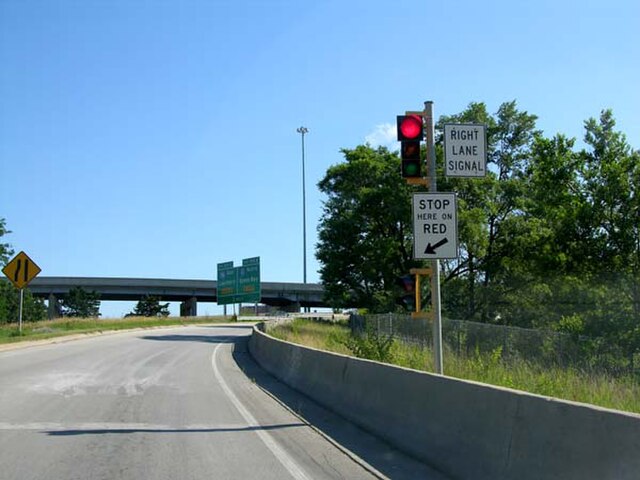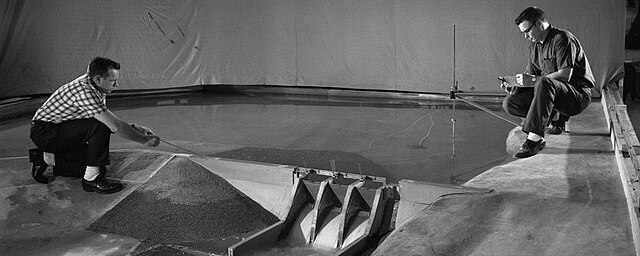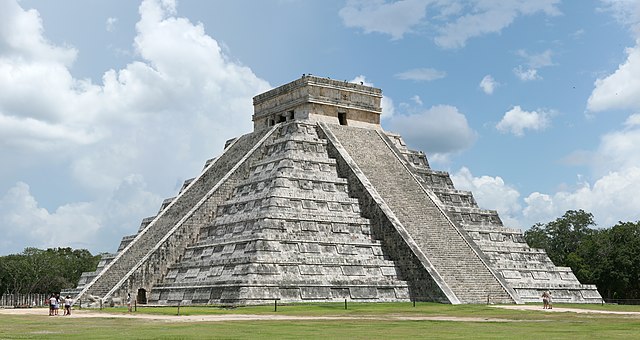Traffic engineering (transportation)
Traffic engineering is a branch of civil engineering that uses engineering techniques to achieve the safe and efficient movement of people and goods on roadways. It focuses mainly on research for safe and efficient traffic flow, such as road geometry, sidewalks and crosswalks, cycling infrastructure, traffic signs, road surface markings and traffic lights. Traffic engineering deals with the functional part of transportation system, except the infrastructures provided.
Complex intersections with multiple vehicle lanes, bike lanes, and crosswalks are common examples of traffic engineering projects
A ramp meter limits the rate at which vehicles can enter the freeway
Civil engineering is a professional engineering discipline that deals with the design, construction, and maintenance of the physical and naturally built environment, including public works such as roads, bridges, canals, dams, airports, sewage systems, pipelines, structural components of buildings, and railways.
Tennessee Valley Authority civil engineers monitoring hydraulics of a Tellico Dam scale model.
Leonhard Euler developed the theory explaining the buckling of columns.
A Roman aqueduct [built c. 19 BC], Pont du Gard, France
Chichen Itza was a large pre-Columbian city in Mexico built by the Maya people of the Post Classic. The northeast column temple also covers a channel that funnels all the rainwater from the complex some 40 metres (130 ft) away to a rejollada, a former cenote.





![A Roman aqueduct [built c. 19 BC], Pont du Gard, France](https://upload.wikimedia.org/wikipedia/commons/thumb/4/42/Pont_du_Gard_BLS.jpg/640px-Pont_du_Gard_BLS.jpg)
